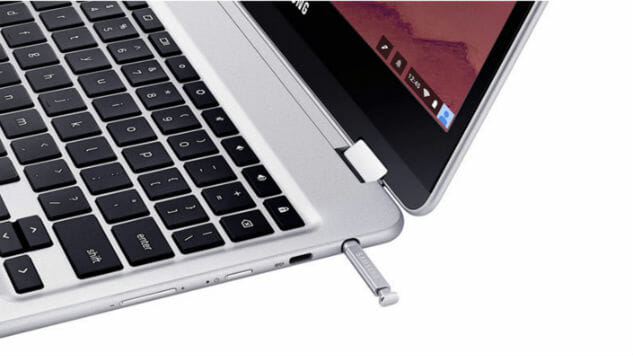The 5 Most Anticipated Laptops of 2017

At the end of 2016, computer manufacturers enticed consumers to upgrade with an onslaught of exciting, new laptops that promise powerful performance in thinner, more attractive packages. Apple’s refreshed MacBook Pro went all in with Thunderbolt 3 and USB-C, while Lenovo and HP caught up with Dell by introducing the Yoga 910 and updated Spectre x360—two convertibles constructed out of machined aluminum with sleek, nearly bezel-free displays.
If you’re in the market for a laptop and haven’t taken the plunge last year, don’t fret. Patience is a virtue, and you’ll be rewarded with some spectacular new models from your favorite PC manufacturers this year.
We’ve compiled a list of our favorite, most highly anticipated laptops that will be coming in 2017.
1. The updated MacBook Pro

Apple just refreshed its MacBook Pro in October 2016, but rumors are already brewing about what new, coveted features the next MacBook Pro iteration iteration will bring in 2017. Despite being recently refreshed, the current generation Pros sport Intel’s aging Skylake processors, rather than the current 7th generation Kaby Lake architecture, along with more limited RAM configurations.
Apple faithfuls who held out last year can likely expect new MacBook models this year with Intel’s Kaby Lake chips along with more memory configurations, according to analyst Ming-Chi Kuo of KGI Securities. Production is expected to begin in Q2 this year, and Kuo speculates that the 12-inch MacBook will be the first in Apple’s laptop lineup to get the 7th generation Intel processor upgrade, followed by the 13- and 15-inch Pro refresh in Q3.
In terms of RAM, the 12-inch version could get a jump to 16GB of memory, while the 15-inch Pro could get a boost to 32GB at higher end configurations. This move will likely please the Apples creative professional audience and help the Pro lineup stay competitive.
Given the recent redesign of the MacBook Pro late last year, it’s probably safe to assume that the 2017 models will bear a similar, if not same, design, complete with Touch Bar integration for the top of the line models.
2. Microsoft Surface Pro 5

-

-

-

-

-

-

-

-

-

-

-

-

-

-

-

-

-

-

-

-

-

-

-

-

-

-

-

-

-

-

-

-

-

-

-

-

-

-

-

-











































